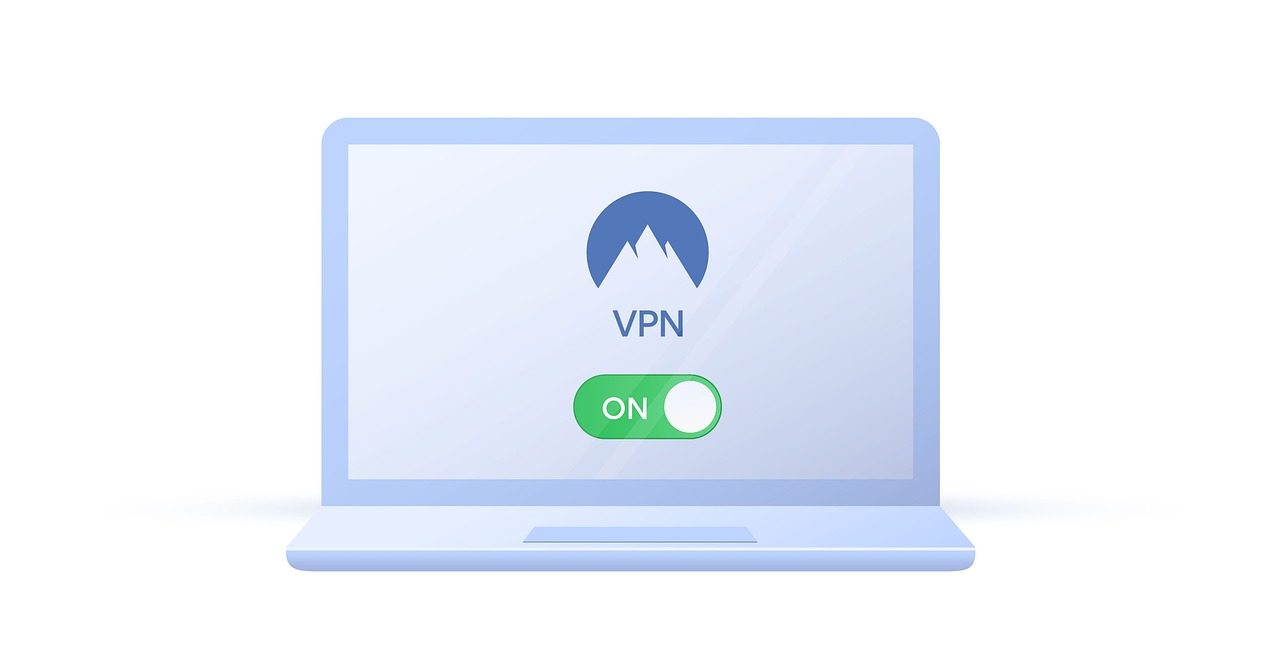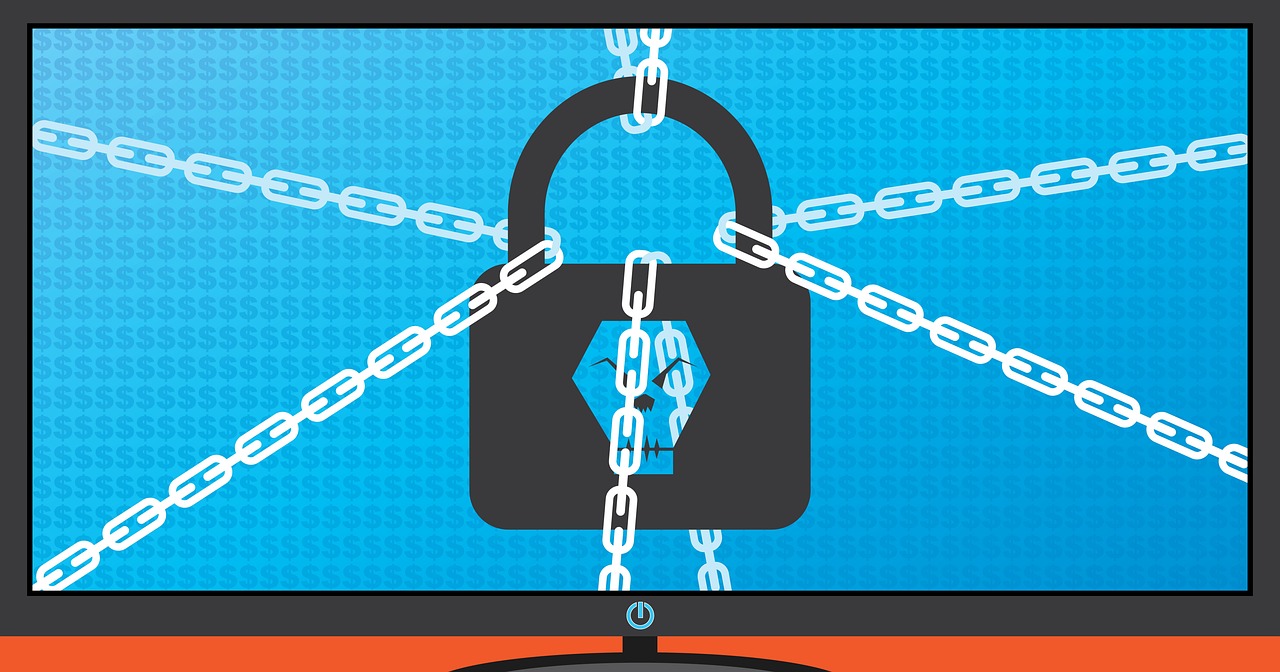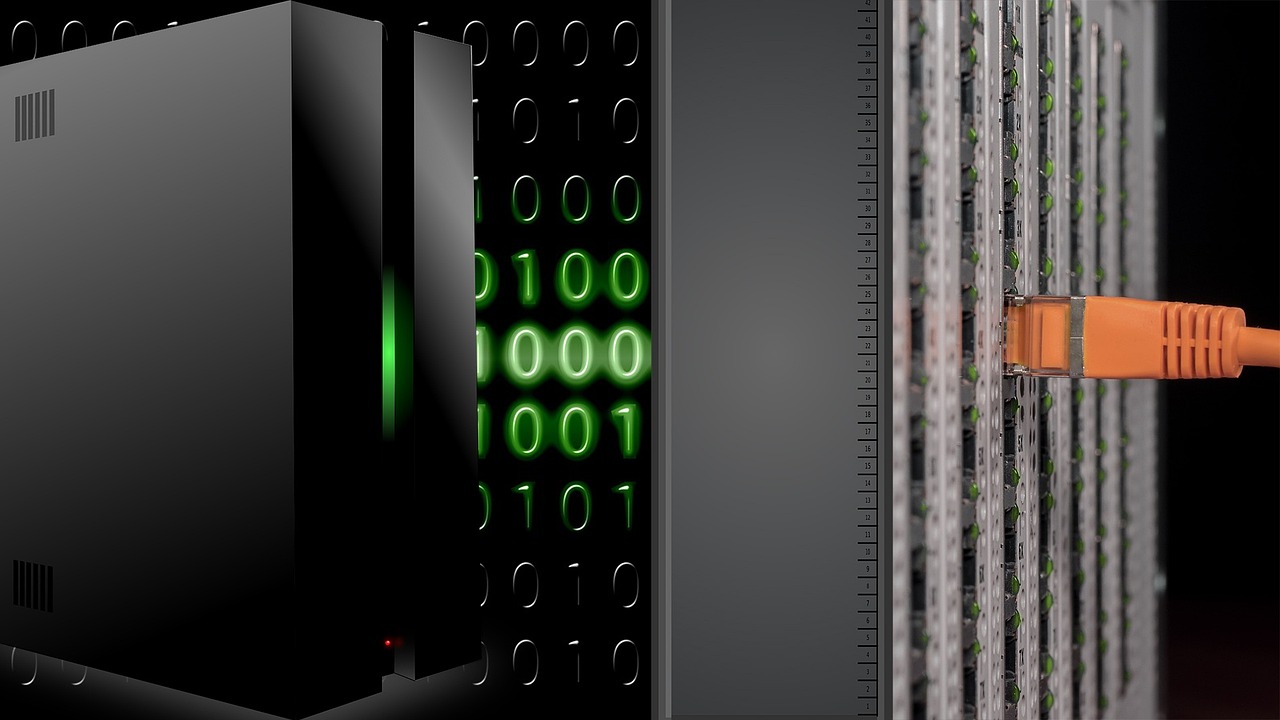
Decoding The Digital Smoke: Incident Response Forensics
Imagine your organization is a ship sailing through a turbulent sea. Cyber threats are the storms, constantly brewing and threatening to capsize your operations. A robust incident response plan is your navigation system, guiding you safely through the storm and minimizing the damage. This article delves into the intricacies of incident response, providing you with the knowledge and tools to protect your digital assets and ensure business continuity.
What is Incident Response?
Incident response is a structured, proactive approach to identifying, analyzing, containing, eradicating, and recovering from security incidents. It's more than just reacting to a breach; it's about having a plan in place before an incident occurs, ensuring a swift and effective response when the inevitable happens. T...









